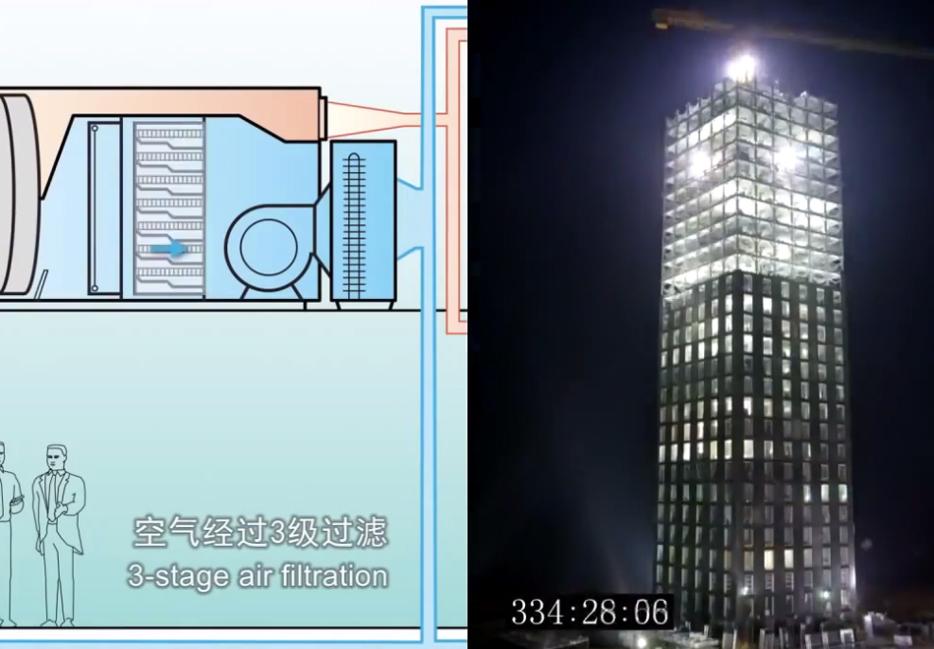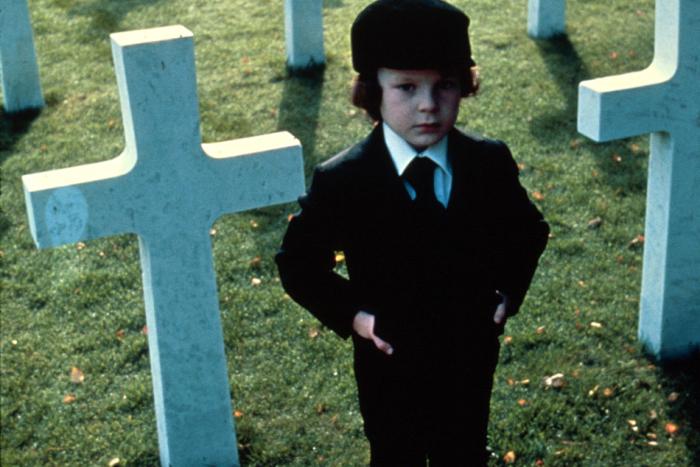Crews in Changsha, China, broke ground this week on what will be, at least for a while, the tallest building in the world. If, that is, it’s actually allowed to go forward: as soon as construction started, it was halted by government officials who said it didn’t get the right permits. Sky City is supposed to be an 838-metre-tall, 200-storey building housing 30,000 people—assuming it actually makes it to the finish line. It’s being billed as the kind of tower you’d almost never have to leave, with shops, schools, hospitals and homes all stacked on top of each other, bound together in part by 170 storeys of continuous ramps, making it possible to not just wander the building vertically in some comfort, but also to get out if the power fails.
The real headline, though, is how fast the construction will be: While it took five years to finish the exterior of the Burj Khalifa (formerly the Burj Dubai), Sky City’s builders say the exterior will be complete in nine months, and half of that is simply going to be digging the foundation.
Sky City’s builder, Broad Sustainable Building, has made itself a minor viral video star by filming its construction crews performing feats of wonder like erecting a 30-storey tower in 15 days, or a 15-storey one in two days. The “secret,” such as it is, is building the vast majority of the structure in factories off-site and assembling them quickly. So when Broad’s spokespeople say they expect to be done by April 2014, it’s definitely crazy, but mostly because it’s plausible.
Like any mass production, there are deficits and assets. One big asset is quality control: In a country where some of the largest tower projects have been halted after inspectors found salt in the concrete, a building made out of predictable materials is a big selling point. Of course, just as Henry Ford sold you any colour car you wanted so long as it was black, Broad’s buildings haven’t won any beauty contests.
But in the developing world’s cities, where the World Bank expects 96 percent of the next 1.4 billion people will live, beauty isn’t the standard on which Broad will be judged. Simply housing millions of people in affordable, safe conditions will be enough.
In the rich west, the story is a bit different. Great cities are hugely valuable, and there are millions of people who would prefer to live in cities rather than where they do now (you can prove this for yourself by looking at the price of housing in a major city), but for the most part, the ability to build a tall building is constrained not by engineering technology but by planning law and regulation.
New York City, whose 20th-century skyline was defined by the skyscraper more than any other, is spending the early 21st century arguing about whether buildings in midtown should be allowed to be much higher than they currently are. One company is actually building a prefab project, but only after cutting special deals with the trade unions in the city. (If you’ve read The Box, Marc Levinson’s history of containerized shipping, the story of battles between new business techniques and labour unions will be familiar.)
Sky City is, by the builder’s admission, a bit of a stunt: Broad hopes that Sky City will put its name on the global stage in a way its previous projects haven’t. But while it may very well have success in the developing world, the gates to the rich cities of the west open slowly to new construction, if at all. That’s a shame, because bringing poor people to our wealthiest cities is one of the most foolproof ways of alleviating poverty, and has been ever since the Irish flooded the slums of New York during the Famine. Now, as then, job one is finding four walls and a roof.






